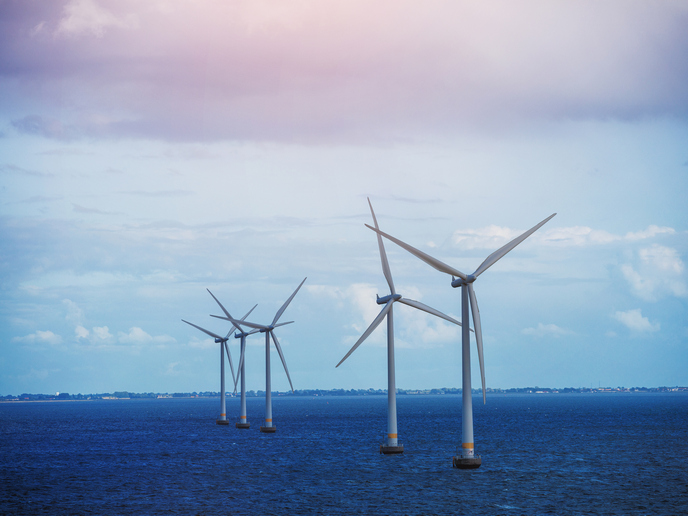Towards medical implants powered by environmental sound waves
Energy-harvesting technologies use minimal amounts of energy from the environment to produce electricity that can power practical devices. For instance, portable or even implantable devices such as pacemakers could be powered by human motion. An especially interesting approach to energy harvesting takes advantage of “piezoelectric” materials which can transform mechanical energy into electrical energy, as discovered in 1880 by the French brothers Jacques and Pierre Curie. Very recently, it has been suggested that piezoelectric nanomaterials can be even more advantageous because of their outstanding mechanical properties, higher piezoelectric coefficients, and compatibility with flexible and wearable substrates. However, despite very promising preliminary results, for practical applications, piezoelectric nanogenerators require improvements in both manufacturing processes and efficiency of transduction. The EU-funded project 'Piezoelectric nanogenerators on suspended microstructures for energy harvesting' (PING) addressed these issues with major advances in a very short time. In particular, the researchers sought to improve a low-temperature production process (aqueous chemical growth) in order to substantially increase both the homogeneity and the length of zinc oxide nanowires. They also proposed to further enhance the potential for electricity generation by integrating long nanowires with suspended miniature bridges and diaphragms in order to transform the incoming acoustic energy into even greater deflection of the nanowires. Localised heating during the growth process was adopted to facilitate longer nanowires of more uniform structure. The team designed innovative micro-heater concepts using finite element method models and, as preliminary results, scientists have already produced very long zinc oxide nanowires using heating of the substrate only rather than the entire nutrient solution. This resulted in substantial decreases in material waste and energy consumption. Advanced microscopy techniques were employed to evaluate morphology and crystallinity of the nanowires. The technique is not only promising for fabricating high-performance devices but is also cost effective and environmentally friendly. The substrate heating method is currently being further developed and the first packaged devices are being characterised. PING has laid the groundwork for developing substantially improved piezoelectric nanogenerators and nanodevices thanks to novel processing methods. The nanogenerators should prove suitable in numerous applications such as implantable medical devices and wireless sensor networks. Autonomous power eliminating the need for rechargeable batteries will enable the devices to work as long as materials hold out.
Keywords
Nanogenerator, piezoelectric, energy harvesting, nanowire, aqueous chemical growth, micro-heater, suspended membrane







